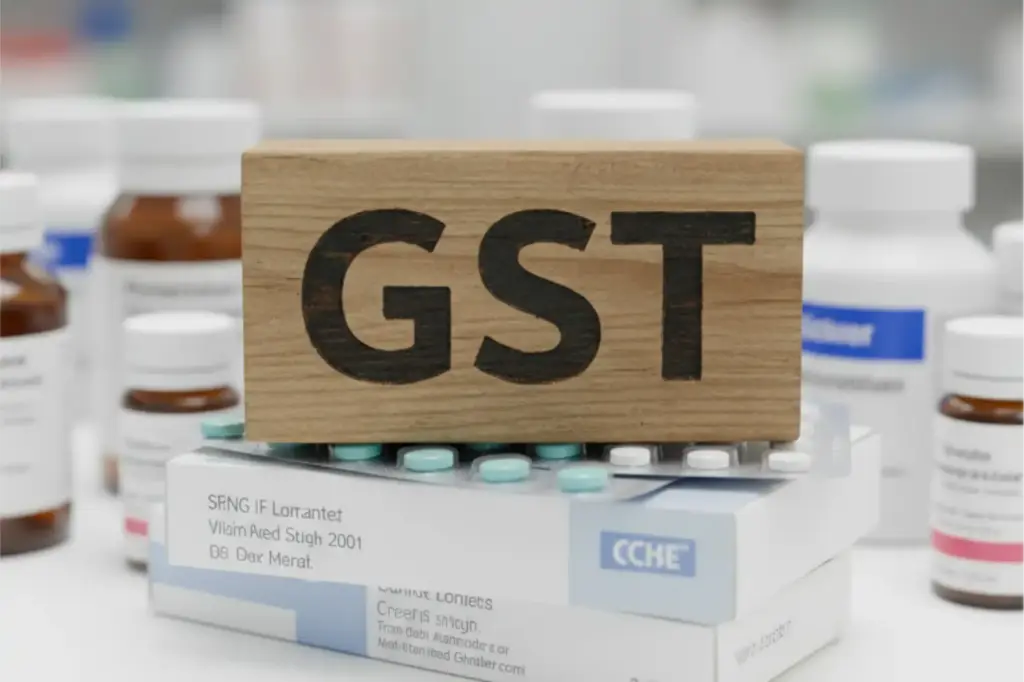
GST 2.0: India’s GST 2.0 overhaul kicked in on September 22, 2025, delivering immediate price relief across the healthcare basket. Most medicines and commonly used medical devices now draw a uniform 5% GST, while individual health and life insurance premiums are fully exempt from the tax for the first time.
The changes, cleared by the GST Council earlier this month, aim to simplify rate slabs and reduce out-of-pocket costs for households. Essential, life-saving drugs remain GST-free.
Also Read | GST cut on beedis sparks alarm; experts seek uniform high taxes on all tobacco
GST 2.0: What changes for the healthcare sector
Insurance: All individual health and life insurance policies move from 18% GST to 0%. Insurers must update premium schedules and issue revised invoices.
Medicines: Most drugs shift to a 5% slab (down from 12–18% earlier). Essential therapies, including many cancer, HIV and TB medicines, stay nil-rated.
Devices & consumables: Diagnostic kits, glucometers, thermometers, bandages, wound dressings and similar supplies now attract 5% GST, easing input costs for hospitals and labs.
Billing & compliance: The Finance Ministry, NPPA and CBIC have instructed manufacturers, retailers and insurers to pass on the full benefit. Old stock need not be relabelled, but pharmacies and health insurers must bill at the new rates. Consumers spotting a mismatch can flag it to state drug regulators or GST helplines.
GST 2.0: What hasn’t changed
Not every health-related product is zero-tax. The new matrix is item-specific: some remain exempt, many sit at 5%, and a few specialised or high-end items may continue at standard rates. For product-wise confirmation, refer to the Council’s official annexures.
Why it matters
For families managing chronic illnesses or paying sizeable annual premiums, the cuts translate into direct savings. Hospitals and diagnostic centres should also see lower operating costs, which could feed into test and procedure pricing over time.








